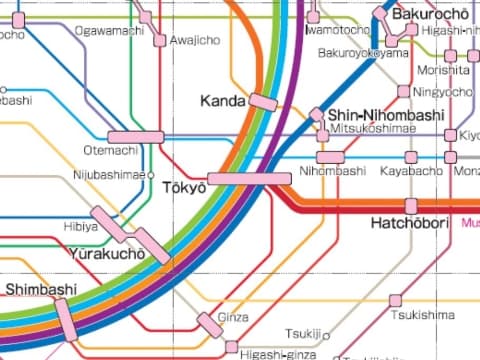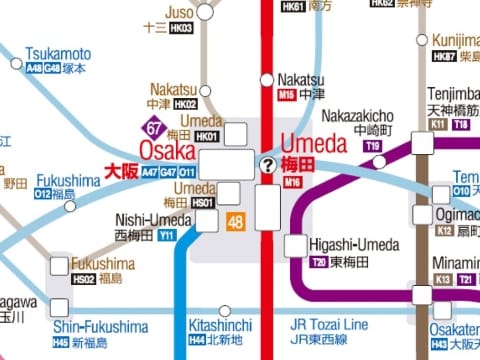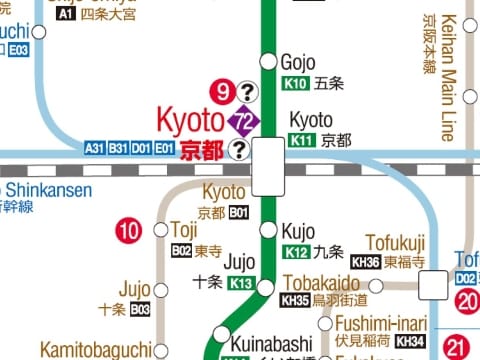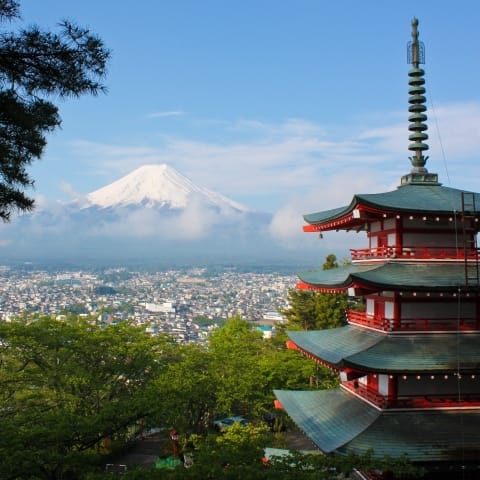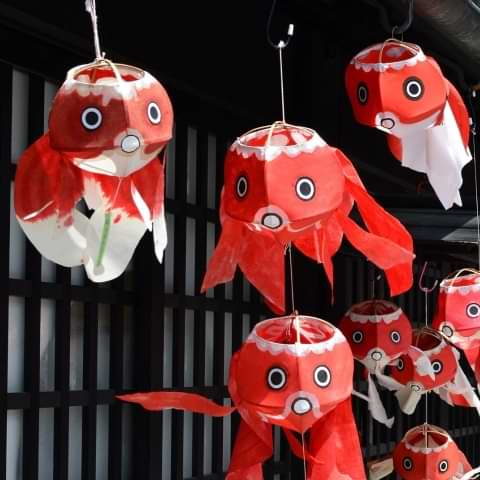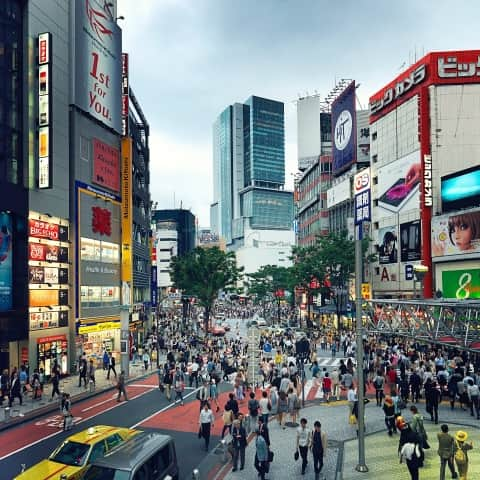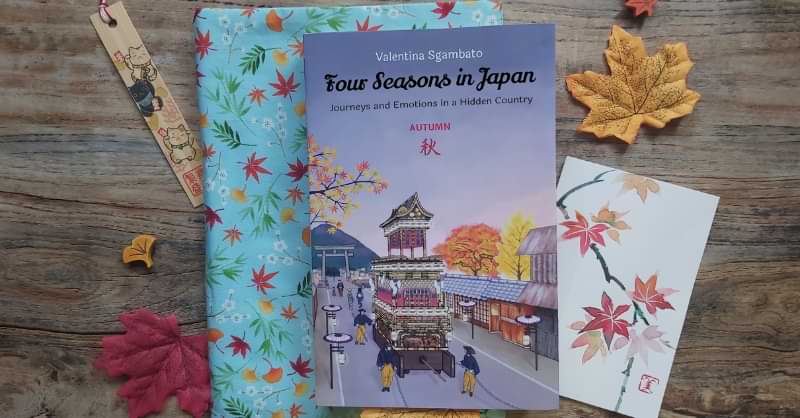Shinkansen & Japan Rail Pass
A pocket guide on Japan Rail Pass and Japanese Shinkansen bullet trains
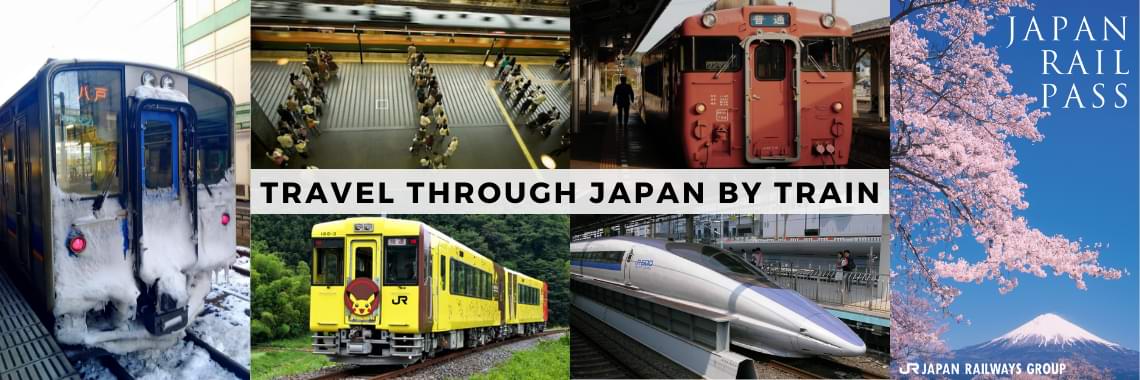
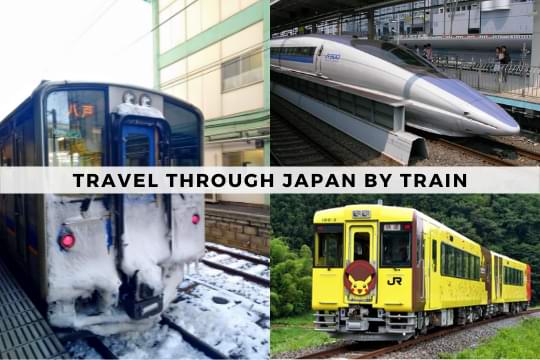
In daily life, Japanese people do not use cars, because Japan railway system is extremely efficient: with almost 17.000 miles of railways, you can reach every single region!
The fastest way to travel between main cities are Japanese bullet trains, the Shinkansen, but there are also hundreds of local lines that allow you to visit smaller cities.
As a tourist, Japan Rail Pass plays a key role to move throughout the country, so let’s see how to use it. If you have any question, do not hesitate to contact us.
Japan Rail Pass
Where to buy the JR Pass
You have to buy the Japan Rail pass before traveling to Japan: you can either buy it online or at tourism office retailers.
Price varies according to duration (7, 14 or 21 days), and covered area size. For regular national pass, prices are 275, 440 and 560$, while for kids between 6 and 12 years old prices are halved. Those who are under 6 years old do not require the Japan Rail Pass as they can travel for free.
Anyway, if you plan to stay within a small area, you may save money buying a regional pass version, that allows to travel between a small set of prefectures. After purchase, you’ll receive a voucher that needs to be exchanged for the official JR pass once you’ll arrive in Japan.
Where to exchange the voucher
Every major Japanese airport has a counter to exchange the voucher, here’s the ones in Tōkyō and Ōsaka:
– Narita airport terminal 1 (Tokyo) at JR East travel service center, located on B1 floor in front of JR ticket gates;
– Haneda airport terminal 3 (Tokyo) at JR East travel service center, located on 2nd floor of Tokyo Monorail ticket gate (airport arrivals lobby);
– Kansai airport terminal 1 & 2 (Osaka) at ticket office, located on 3rd floor in front of JR ticket gate.
Note: from each of those 3 airports, JR Pass covers the connection to the closest main cities through Narita Express or Tōkyō Monorail (to Tōkyō), and Haruka Express (to Ōsaka and Kyōto).
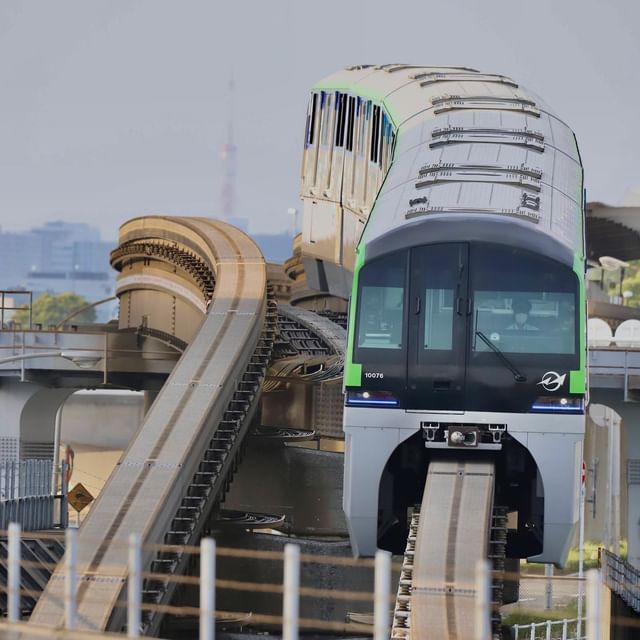
How to use the Japan Rail Pass
The JR pass will start to be valid from the exchange day onwards and is nominative. Be very careful not to lose it, because it’s not refundable!!! At stations ticket gates, just show the expiring date written behind the pass to station staff and they’ll let you enter.
You have unlimited use on all JR trains, except for the bullet trains named Nozomi and Mizuho. But don’t worry, the same tracks are covered by many other Shinkansen that you can take. The only private railway entirely covered by JR pass is the Tōkyō Monorail.
Shinkansen bullet trains & JR Pass tickets
Current lines and future ones
Since it’s inauguration on October 1st 1964, today there are 9 Shinkansen lines with thousands of miles of railway from Kagoshima city, on Kyūshū island, to Hakodate, on Hokkaidō island.
The Shinkansen most frequently used by tourists are Hikari, Kodama and Sakura, connecting Tōkyō to famous cities like Hiroshima, Kyōto and Ōsaka. With a max speed of 200 mph (320 kmh), Shinkansen lines allow to connect Japan’s major cities in just a few hours.
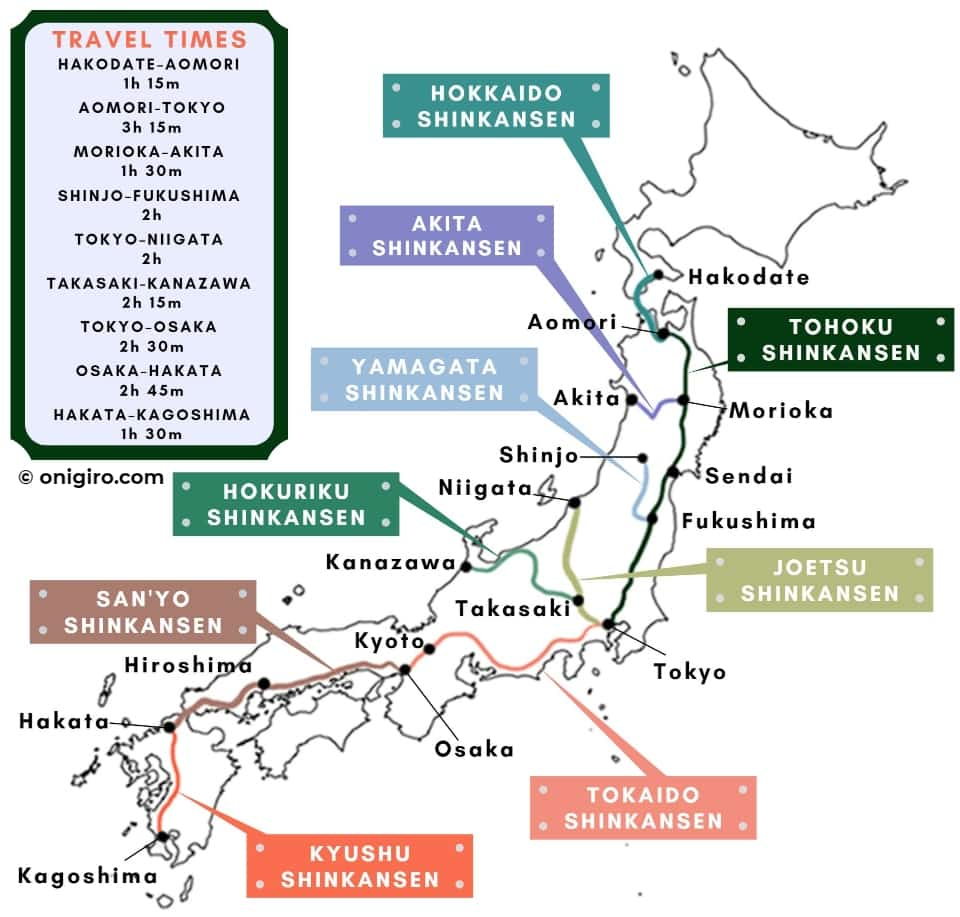
Here’s the list of Shinkansen lines with travel times between terminals:
– Hokkaidō, between Aomori and Hakodate (1h 15m);
– Tōhoku, from Aomori to Tōkyō (3h 15m);
– Akita, connecting Morioka and Akita (1h 30m);
– Yamagata, running from Fukushima and Shinjō (2h);
– Jōetsu, between Tōkyō and Niigata (2h);
– Hokuriku, from Takasaki and Kanazawa (2h 15m);
– Tōkaidō, connecting Tōkyō with Ōsaka (2h 30m);
– San’yō, between Ōsaka and Hakata (2h 45m);
– Kyūshū, running from Hakata to Kagoshima (1h 30m).
For a map of all trains stops, you can refer to this complete railways map. In the near future, other cities like Sapporo, Nagasaki and Tsuruga will also be connected with bullet train service.
In 2027 is expected to start operation the first Shinkansen line using magnetic levitation, the Tōkaidō Shinkansen Bypass, also known as Chūō Shinkansen. The project aims to connect Tōkyō to Nagoya, and in 2045 it should also reach Ōsaka. This MagLev bullet train runs at 375 mph (600 kmh) and cuts travel time from 150 to 65 minutes on the Tōkyō-Ōsaka route.
Ticket reservation
To reserve economy seats, head to JR ticket offices inside the train stations, where staff speaks English. You’ll be required to show your Japan Rail Pass and you can reserve train tickets within 3 days from departure.
Mind that some trains do not have unreserved seat cars, and with the JR Pass you cannot reserve Green Cars Tickets. Finally, during the longest Japanese holidays like Golden Week, Obon and Hatsumōde, the trains are frequently full, so reserving tickets might become mandatory.
Is Japan Rail pass convenient?
Here’s a short price list of unreserved seats on most frequently used Shinkansen trains:
– Tōkyō to Kyōto = 120 $
– Kyōto to Hiroshima = 95 $
– Hiroshima to Hakata = 75 $
A round-trip travel between Tōkyō and Kyōto costs 240 $, meanwhile the 7-day JR Pass costs 275 $. Also considering that from Tōkyō airports you can reach the city center using the Japan Rail Pass to save more money (1-way Narita Express ticket is 35 $), the convenience is clear.
Of course, this is a basic example, where you only visit Tōkyō and Kyōto, but if you want to visit other cities like Hiroshima and Kōbe you’ll save much more money with the JR Pass. You can buy it online from here.
Shinkansen and train travel tips
At almost every JR station, there are shops where you can buy lunch boxes called bentō in Japanese, or ekiben, to eat while riding the train. Also if you caught the train on the fly, while riding Shinkansen bullet trains you can buy food, snacks and drinks directly onboard.
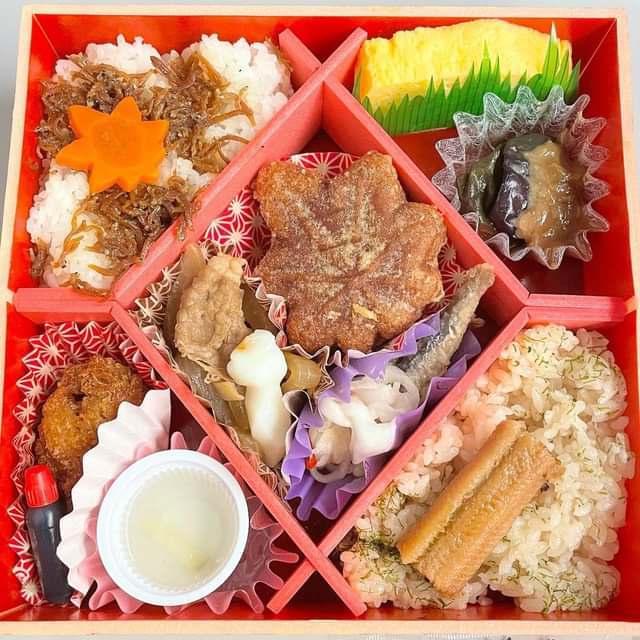
Thanks to Japanese good manners, trains in Japan are extremely quiet, so please, when you are riding a train adopt their same manners:
– all devices have to be muted;
– if you have to make a call, make it from the space between cars;
– speak in a low voice with other passengers;
– you can eat on trains, but remember to throw the trash before leaving.
Following these simple rules, you’ll enjoy the best train travels of your life.
App for traveling on Japanese trains
The best way to check train schedules is with the free Japan Official Travel App, available on both Android and Apple Store. This application is only in English, but it allows you to plan any travel within Japan using trains, planes, buses, ships, or taxis, all by simply setting your travel preferences as shown in the photo below.

Of course, as tourists, you most likely have the Japan Rail Pass, and the application allows you to include your pass among the options so you can use it whenever possible to save on transportation.
Moreover, all metro maps of the cities are available, easily accessible by clicking on the bottom of the screen (see photo below).
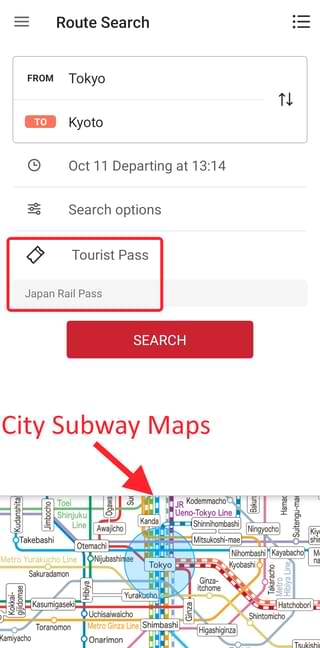
Finally, it’s not necessary for the departure and destination to be specific stations: you can easily use either your GPS location or any point of interest in Japan as the starting and ending points, and the application will find the best route for you!
What is included in the Japan Rail Pass?
Trains and subways included in the JR Pass
The Japan Rail Pass covers all the railway connections of JR Group trains named “Shinkansen” (except for Nozomi and Mizuho), “express”, “limited express”, “rapid” and “local”.
Other regional train lines (not JR) included in the JR Pass are:
– Aomori Railway line between Aomori and Hachinohe (travel is not covered if you get off at any station other than Aomori, Noheji, and Hachinohe);
– Ainokaze Toyama Railway line between Toyama and Takaoka (travel is not covered if you get off at any station other than Toyama and Takaoka);
– IR Ishikawa Railway line between Kanazawa and Tsubata (travel is not covered if you get off at any station other than Kanazawa and Tsubata).
Around Tōkyō, there are a number of usefull lines to be used:
– Narita Express, to go to the Narita Airport;
– Tōkyō Monorail, to go to the Haneda Airport;
– Yamanote Loop line has a inner and an outer loop that surrounds Tōkyō, perfect to get around the city districts;
– Chūō & Chūō Sōbu lines are very usefull because they cut Yamanote Loop line connecting Tōkyō central stations.
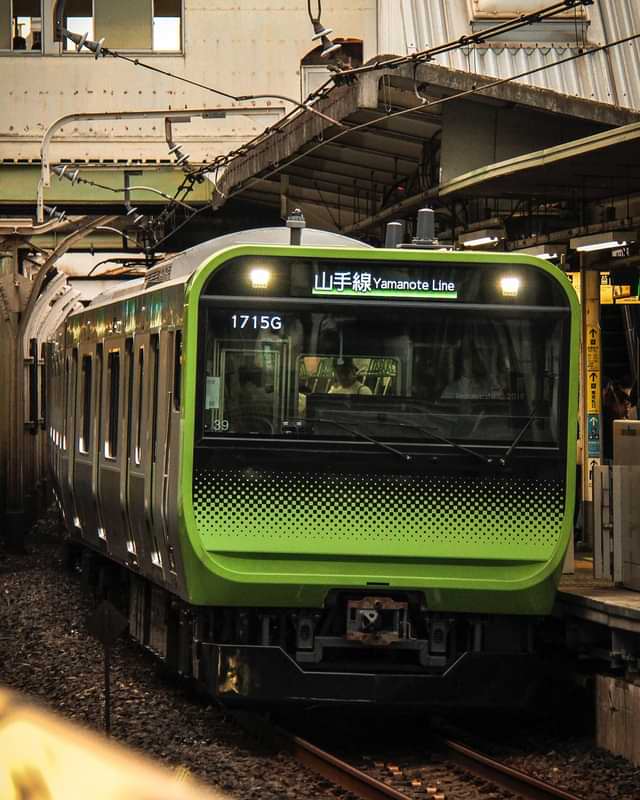
Also the city of Ōsaka has a loop line, the Ōsaka Loop, with inner and outer loops that, exactly like Tōkyō’s Yamanote Loop, surrounds the city and allows to travel across Ōsaka’s districts for free with the JR Pass. Finally, the Japan Rail Pass also covers the Haruka Express line that connects the Kansai Airport to Ōsaka and Kyōto.
If you need them, down here you can find the complete train and subways map of Tōkyō, Ōsaka and Kyōto.
JR buses and ferries
The Japan Rail Pass also covers all the JR buses, except the ones traveling on highways. Here’s the list of regional JR buses with their official websites.
JR Hokkaidō Bus | JR Tōhoku Bus | JR Kantō Bus | JR Tōkai Bus | West Japan JR Bus | JR Chūgoku bus | JR Shikoku Bus | JR Kyūshū Bus
To check Japan Rail Pass validity, first of all check if there is a JR logo printed over the bus and then show your JR Pass to the bus driver or station staff member asking the validity before boarding.
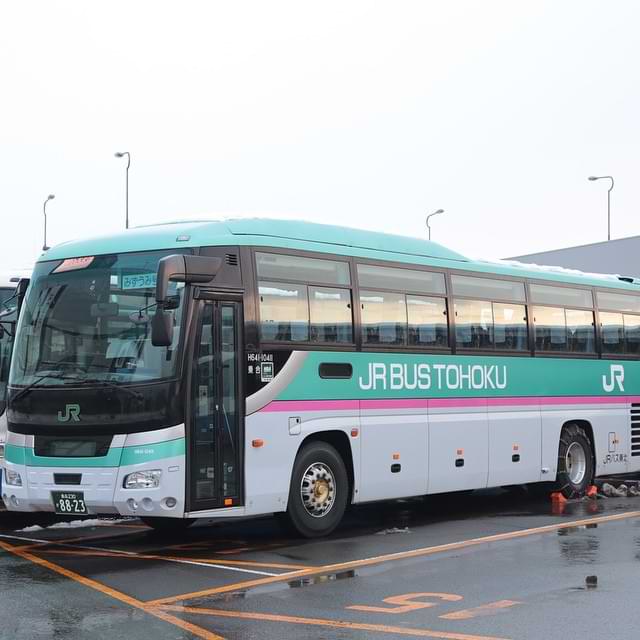
These local buses are essential to reach off the beaten path cities without renting a car. Bus terminals are usually in front of train stations, where you can also see their timetables.
Finally, if you want to reach Miyajima Island from Hiroshima, this ferry is included within the pass, but the JR ferry to south Korea is not included.
Private railways (not included in the JR Pass)
Even if you can visit the greatest part of Japan with Shinkansen, there are many small cities that can be reached only with local trains. Most of them are JR lines, but beware because there are also private railways which are not included within JR Pass.
These private companies might have exclusive rights on some railway sections. Consequently, even if you are on a JR train it may happen that you have to pay the private company fares.
Here some exclusive railway sections we found during our travels:
– Tosa-Kuroshio Railway, connecting Kubokawa to Sukumo;
– Chizu-Kyūkō Railway, from Kamigori to Chizu;
– Kyōto-Tango Railway, connecting areas north of Kyōto, around Amanohashidate area;
– Tōbu Railway, from Kurihashi to Tōbu-Nikko and Kinugawa onsen;
– Hakone-Tozan Railway, connecting Odawara to Gōra in Hakone area.
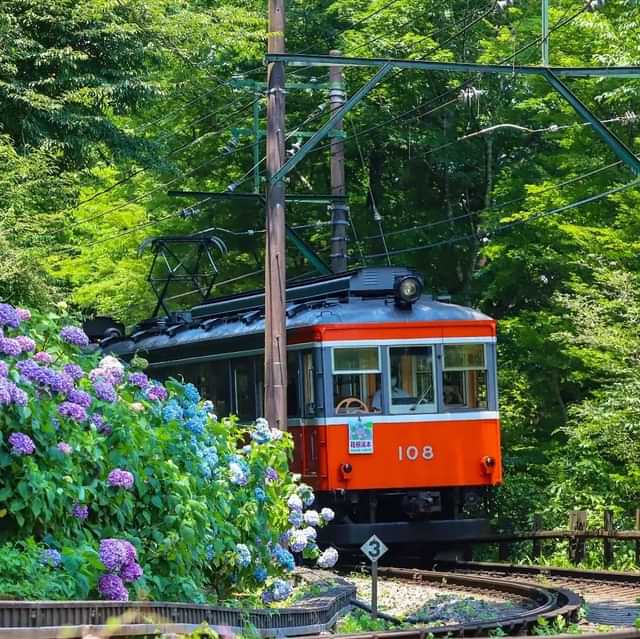
All these sections need their own tickets, but there many are more. Download this complete Japan railways map to know more. Also, if you didn’t know that a section needed an additional ticket, usually you can pay the fare at train ticket inspector with no penalty.
Thematic Shinkansen bullet trains
From time to time, JR company creates original aesthetic livery for their Shinkansen bullet trains. For example, from November 2015 to May 2018 a livery inspired to Neon Genesis Evangelion has been applied to a N-500 bullet train that ran between Ōsaka and Hakata.
The livery reproduced Evangelion Unit-01, and the first car was an exhibition of Evangelion gadgets such as art frames and a Eva-01 life-sized cockpit. Also, before arriving at any station, train speakers played Neon Genesis Evangelion theme song replacing the standard Shinkansen jingle.
From June 2018, a new Hello Kitty livery has been applied to a N-500 JR Shinkansen, creating the cutest and fastest pink train ever! As August 2022, this train still runs between Ōsaka and Hakata: don’t miss the chance to ride it for free with your Japan Rail Pass!
FAQs
Here are the most frequently asked questions about traveling in Japan with a JR Pass and using Shinkansen bullet trains (costs information are referred to pre-pandemic times and will be updated once the travel restrictions will be completely removed and situation will be back to normal).
Just considering that the single Tōkyō-Kyōto route costs 120 € and the ticket between Tōkyō and Narita Airport 35 €, a 7-day Japan Rail Pass is worthwhile as it covers both routes and costs 275 $.
In general, the Japan Rail Pass may not be convenient if you stay in Tōkyō and only take day trips. Find out more
The Japan Rail Pass can only be purchased by foreign tourists in their own country (not Japan). It can be purchased online or at the resellers of the tourist offices.
After purchase, you will receive a voucher which you must exchange for the official Japan Rail Pass once you arrive in Japan. Find out more
Japan Rail Pass is refundable only if has not been exchanged or used. As of 2020 refund policy, you can ask for a refund and obtain 85% of original value.
Pay attention: if you lose the pass while using it in Japan, it cannot be refunded or reprinted in any case.
The price of a bullet trains unreserved seat from Tōkyō to Kyōto is approximately 120 $. This is the cheaper ticket available, but there are also more expensive tickets like reserved seat and green car tickets. Find out more
You can buy tickets from vending machines or at station counters. Japanese customer service is extremely welcoming and all station staff speak English.
The vending machines also are in English language, but some knowledge of ticket fares, train names and stations is required, which is not easy for beginners. Find out more
Share this blog post on your favorite social network

